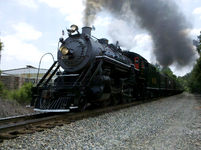trainmuseum
Tenderfoot
- Apr 28, 2012
- 5
- 0
- Primary Interest:
- All Treasure Hunting
I need help identifying what I have. I was told about a "sunken train car" and after viewing and considering all factors, made arrangements to have it excavated. I am certain that this artifact was located on an abandonded railroad bed and that the area is part of an extinct plantation in the Mississippi Delta. Any help anyone could give me would be greatly appreciated!
Amazon Forum Fav 👍
Attachments
Upvote
0


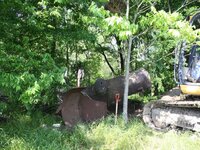
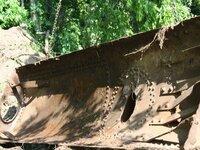
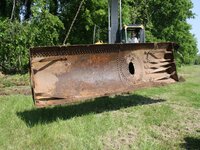
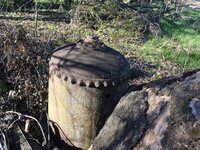


 Definently a neat find! Do you collect rr items? Hope you find some good stuff! WELCOME TO T-NET!!!!
Definently a neat find! Do you collect rr items? Hope you find some good stuff! WELCOME TO T-NET!!!!



 The fact that the rails were laid to repair the levee and not for regular freight or passage meant they were not on regular maps. Add to that the fact that the same area flooded drastically in the historic flood of 1927, it is easier to understand why I could not find a reference to the rails on any map or deed. The rail was abandoned after 1927. The levee broke that year a little further south of this location. As a side note, in 2011, the River rose to even greater heights than '27, but thankfully, this "new" levee (built after 1927) held very well! I do think that my piece was submerged in at least one of the floods as I have been able to extract little "sea" shells out of its nooks and crannies. I also have found a diagram of a Shay locomotive that fits my piece to a T. Took my 84 year old dad out to see it and he knew instantly what it was. It is actually only the top 1/3 of the boiler drum off a steam locomotive. The torn end would be where the stack was and is now gone. The firebox is missing, too. I can see where the sand dome was mounted and where the bell would have been attached. It is possible that these pieces or some others are still in that overgrown area but that will require a trip AFTER a frost! Thank you again for your help!
The fact that the rails were laid to repair the levee and not for regular freight or passage meant they were not on regular maps. Add to that the fact that the same area flooded drastically in the historic flood of 1927, it is easier to understand why I could not find a reference to the rails on any map or deed. The rail was abandoned after 1927. The levee broke that year a little further south of this location. As a side note, in 2011, the River rose to even greater heights than '27, but thankfully, this "new" levee (built after 1927) held very well! I do think that my piece was submerged in at least one of the floods as I have been able to extract little "sea" shells out of its nooks and crannies. I also have found a diagram of a Shay locomotive that fits my piece to a T. Took my 84 year old dad out to see it and he knew instantly what it was. It is actually only the top 1/3 of the boiler drum off a steam locomotive. The torn end would be where the stack was and is now gone. The firebox is missing, too. I can see where the sand dome was mounted and where the bell would have been attached. It is possible that these pieces or some others are still in that overgrown area but that will require a trip AFTER a frost! Thank you again for your help!
